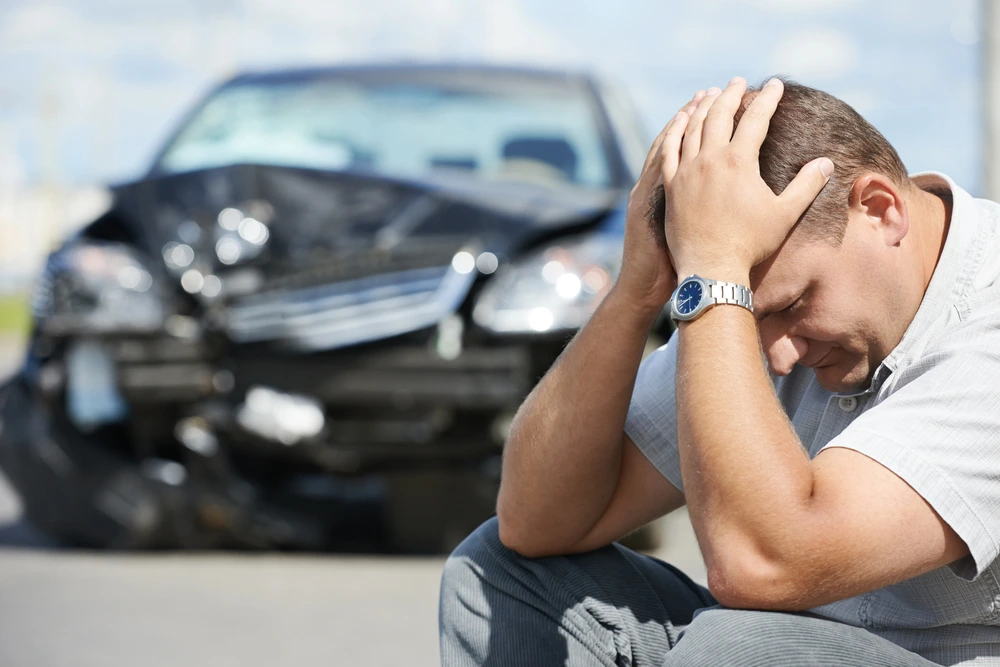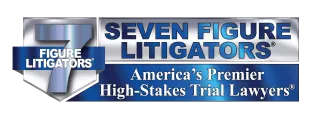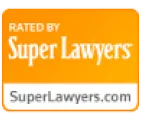A no-contact car accident occurs when another driver’s actions cause you to crash, but your vehicles don’t actually touch in this crash. An example would be if a car were to swerve suddenly into your lane on the interstate and force you to choose between hitting them and hitting a guardrail on the other side. Even though they did not hit you, they are responsible for the damage to your car and any injuries you sustain. Because there is often a lack of physical evidence in these cases, they can sometimes be challenging, but a Cheyenne, Wyoming car accident lawyer can help you explore all your options for compensation after such an accident.
What Are Your Legal Options After a No-Contact Car Accident in Cheyenne, Wyoming?
Filing an Insurance Claim
The first option you have is to file a claim with your insurance company or with the other driver’s insurer. Wyoming is an an-fault state, meaning the driver who caused the accident is liable for the damages (and in most cases, this means their insurance company will be paying). If you can identify the other driver and they didn’t just drive away quickly, you can file against their liability insurance for your vehicle repairs, medical bills, lost wages, and more.
The challenge here is that proving fault in a no-contact accident can be tough. The more evidence you have, the easier it will be to get the compensation you’re entitled to. Helpful evidence includes witness statements, footage from traffic cameras or dash cams, and possibly a police report if it documents negligence on the part of the other driver, like speeding or running a stop sign.
If the other driver is uninsured, or if you can’t identify them, then you would turn to your own insurance coverage. This is necessarily going to be somewhat limited, however, so if you can identify the other driver, it’s worth trying to do so. Always report an accident to the police, even if the driver left and you don’t think there’s a way to find them. The police have access to resources that you don’t and may be able to identify the driver after an investigation.
Pursuing a Personal Injury Lawsuit
Another option is to consider a personal injury lawsuit against the driver who caused your accident. In order for this lawsuit to be successful, you will have to prove that the other driver was negligent. This means you have to prove that, but for their actions, the accident would not have happened. Then, you must clearly link all the losses you’re claiming to that accident directly. In a lawsuit, you can claim compensation for economic damages and non-economic damages.
Economic damages are all your losses that can be easily demonstrated with bills and receipts, such as medical bills, wage stubs that show how much you lost by missing out on work, or receipts from a mechanic who repaired your vehicle. Non-economic damages are those that can’t be easily quantified with money but are very real nonetheless. These would include pain and suffering, loss of enjoyment in life, mental anguish, and compensation for things like disfigurement.
In Wyoming, you have typically four years from the time of the accident to file this type of lawsuit, but you should get started as quickly as possible. For one thing, the further you get in time from the moment of the accident, the more difficult it becomes to find the needed evidence to prove what really happened. For another, time just has a way of slipping by, particularly if you’re trying to deal with injuries. There are a few exceptions to the general four-year rule, but never assume that your case qualifies for an exception. Always talk to a lawyer.
Contacting a Car Accident Lawyer
Another legal option you always have after any car accident is to contact a lawyer. This is always worth doing, and most car accident attorneys work on a contingency basis. This means you’ll have an initial consultation where you’ll explain what happened and what evidence you have. Your lawyer will then tell you honestly whether you have a case or not, and, if so, they will only get paid if you win.
A lawyer with experience in car accident cases is the best-placed person to give you the information you need to move forward, help you negotiate effectively with insurance companies, deal with all the legalities and paperwork involved, and represent you in court if that becomes necessary. Your lawyer will also protect you from signing any settlement agreements that are not in your best interest and help you understand what your case is really worth.
Dealing with Hit-and-Run Scenarios
Obviously, many no-contact accidents end up also being hit-and-run accidents. Because these drivers’ own vehicles have not been damaged, they often think the best thing to do is flee as quickly as possible.
Wyoming law makes hit-and-run a serious offense, so it’s important to report this to the police immediately. Doing so will also greatly benefit your case. Even if you’ve already made a claim against your own uninsured motorist coverage, don’t worry. If the driver is identified later, you can still file a claim or a lawsuit against them.
Understanding Comparative Negligence
Wyoming is a modified comparative negligence state, which means that anyone in an accident can seek compensation even if they share some of the blame. But this only holds true so long as your share of the blame is not greater than 50%. Another important part of this system is that the total amount of a party’s compensation is usually reduced by the same percentage as their fault.
So, for example, if another driver forced you off the road, but you were speeding at the time, the insurance company or court might assign you 20% of the fault for your own damages on the assumption that, if you had not been speeding, you could’ve kept better control of the car and would’ve had less damage to the vehicle or to yourself. This means that if your total damages were $20,000, you would receive only $16,000 after 20% is removed.
The key in a no-fault accident will be proving that the fault of the other driver is greater than yours. It’s very helpful if you have dash-cam footage or witness testimony at this point, as both of these can show the other driver acting recklessly. If you lack any evidence of this sort, it could be more difficult, but it’s still important to talk with the lawyer right away. Your lawyer may suggest doing an independent investigation, which could turn up witnesses that you didn’t realize were around or even identify the at-fault driver. Your lawyer will also be able to subpoena evidence that you might not otherwise have access to, such as a video footage of a security camera on a private business that might have captured the accident.
Working with an experienced lawyer is always the best way to maximize your chance of getting a fair settlement after an accident. Contact us at the Ochs Law Firm in Cheyenne today to learn more. We also serve the Jackson, Cody, Gillette, Casper, Laramie, and Idaho Falls areas.







